Introduction
Over the course of the 1600s-1800s, the relations between Native American peoples and European colonists were fragile and unstable as trading exchanges were often interrupted by armed conflicts and violent assaults. This was the case due to the ongoing division of territories by the European nations. The expansions took place without taking into consideration the fact that the lands claimed by colonists were already inhabited by the Natives who considered those territories their own. As a result, the wars for the balance of powers in North America led by European nations forced Indian tribes to pick sides, clash with one another for the remaining lands, or respond violently to the hardships brought about by the newcomers.
Region 1: Michigan (1600-1700)
Location 1: Saint Joseph
On July 4, 1648, the first battles occurred of the armed conflict known as the Beaver Wars. Specifically, at Saint Joseph village (currently known as Port Huron, Michigan) the Iroquois attacked the Hurons. The former tribe traded with the Dutch colonizers who sold the Native people several hundred rifles. The latter tribe was backed by the French. In that way, even though, in its essence, the conflict happened between two Native tribes, there was a European confrontation on its basis. The conflict produced a powerful impact on the future Native-European relations in terms of trade and spheres of influence. The first battle of the Beaver Wars was quite brief due to a number of contributing factors. First of all, the Iroquois initiated a well-organized attack that also was carefully planned, and thus, remained unexpected by residents of the Huron village. Secondly, the attacking party was comprised of as many as a thousand warriors. They had the advantage over the defenders of the Huron village both in numbers and in strength. The military power of the attackers was enhanced by the rifles they had purchased from the Dutch. The defenders had firearms as well but in a much smaller quantity. As a result, Saint Joseph was overtaken by the Iroquois and set on fire. Some of the residents managed to escape as refugees.
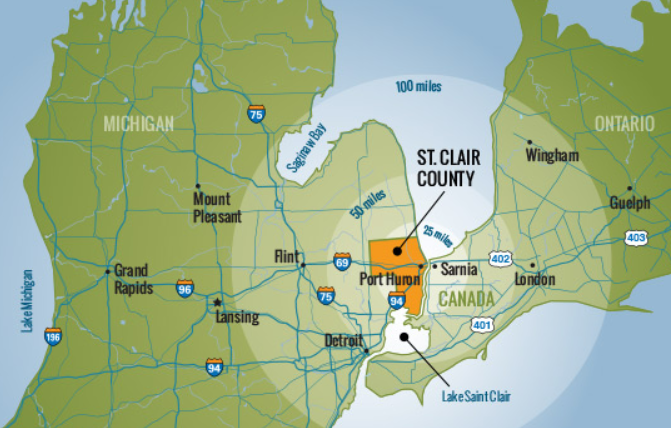
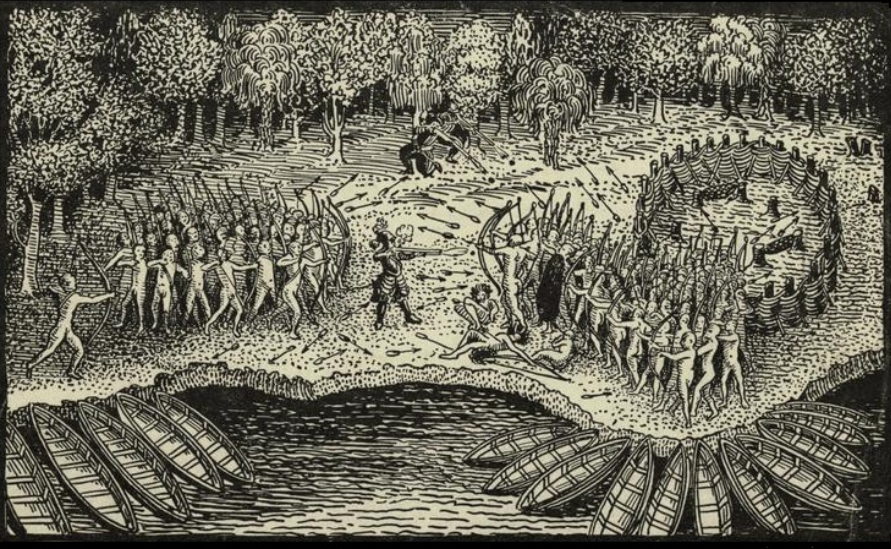
Location 2: Sainte Marie
The battle of Sainte Marie occurred on March 17, 1649. Nowadays, this location is known as Sault Sainte Marie, Michigan. During the Beaver Wars, this area was protected with a fortress. At that time, the Huron territories were warded by a large and well-armed garrison of French soldiers and a group of the Huron warriors and included three hundred people. In this battle, the defenders were not taken by surprise and, instead, initiated their own preemptive ambush. Even though during the attack, the Iroquois managed to regroup and reflect the strikes of their enemy, they suffered significant losses. The Hurons protecting the fortress fought bravely and lost over 90% of their troops (280 soldiers). The Iroquois lost only a hundred warriors, but the intense battle shook their confidence and made them retreat to their base in a nearby village known as Saint Ignace. Furious due to their failure, the Iroquois set their base on fire and killed all the captives. Compared to the battle at Saint Joseph, this armed confrontation involved a garrison of French soldiers as active participants. This way, the conflict evolved from a clash between two Native tribes into a more complex and impactful form of rivalry that was boosted by European troops competing for territories and power.
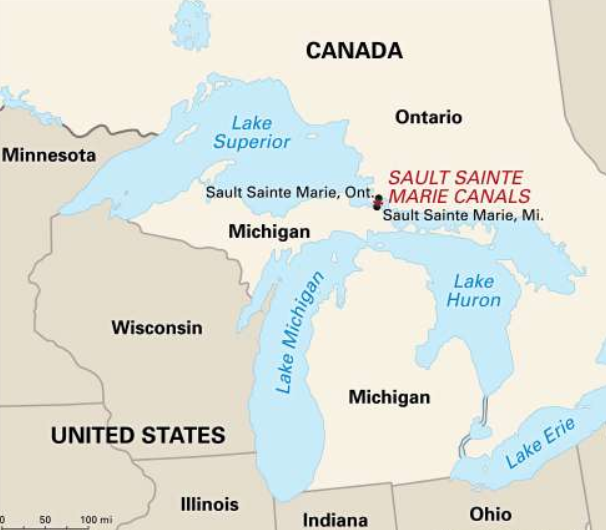
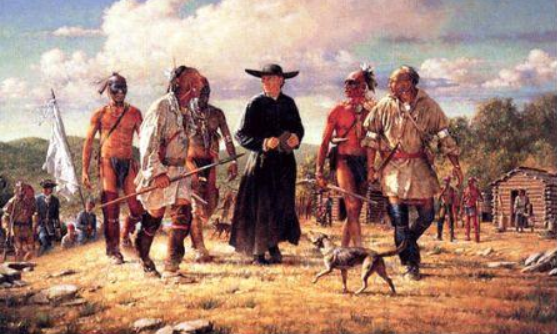
Region 2: Southeast Coast (1700-1763)
Location 3: Southeast of the US
The wars in North America continued in the 1700s. Specifically, attempting to further their expansions in the Southeast, the European nations clashed with one another forming alliances. Conflict of a larger scale was known as the War of the Spanish Succession. The part of this conflict that occurred in Northern America was referred to as Queen Anne’s War. It began in 1702 and ended in 1713. In this confrontation, the forces of Spain and France clashed with the English, Dutch, and Austrian colonists in a fight for territories and, ultimately, the balance of power. All of the participating sides had Native allies as well since it was in the Native peoples’ best interest to protect their lands from being taken over during the expansion. The English had the support of the Creek peoples and the eastern Choctaw, while the western Choctaw fought on the side of the French. Having lost this war, the latter had to give up their claim of Rupert’s Land, Newfoundland, and French Acadia that is currently known as Nova Scotia. All in all, regardless of the attempts to overtake territories in the north, the French, time after time, lost battles due to their thin and weak presence in this region. Consequently, the Native tribes that chose to side with this party lost their positions and lands as well.
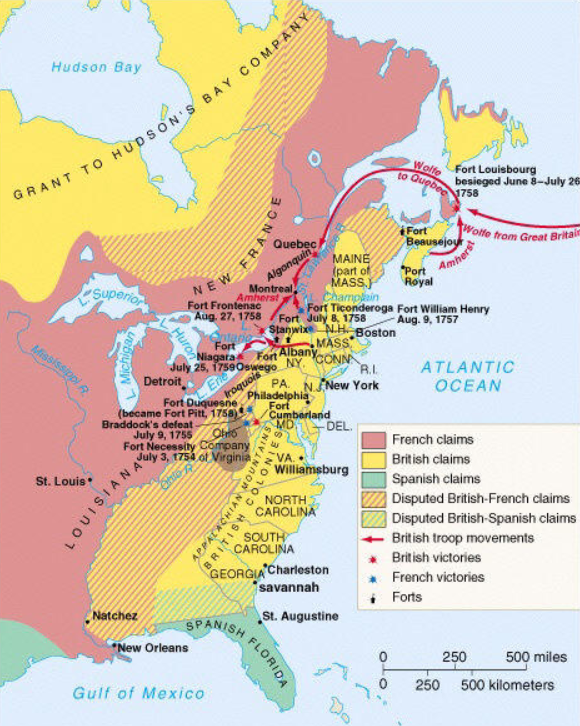

Location 4: North Carolina
Queen Anne’s War brought much chaos to the Southeastern lands forcing many groups of settlers (both Native and colonial) to move and seek a safer home. This was the case due to the ongoing disarray in the land boundaries and borders. The clashes that continued to occur in these territories put the settlers at risk of becoming victims of the wars. Native Americans reacted with a series of violent responses due to the desire to keep their positions and avoid being trapped between the two clashing European parties. One such response is known as the Yamasee War. It took place between 1715 and 1716 in North Carolina. In this conflict, the Yamasee people, supported by the Creek and most of the other Native tribes in the area. The uprising was caused by the downfall of the First Nations’ power in this region. As a result, on April 15, 1715, the protesting tribes rose and attacked European traders killing a total of ninety people. Further, the united forces of the Natives moved on to the nearby plantations and trading trade posts. Ultimately, the series of uprisings comprising the Yamasee War did not find much success in terms of establishing the balance of power or securing lands because their attacks were answered with the strong resistance of the English. The attackers had to disband and seek safety as refugees escaping to Florida.
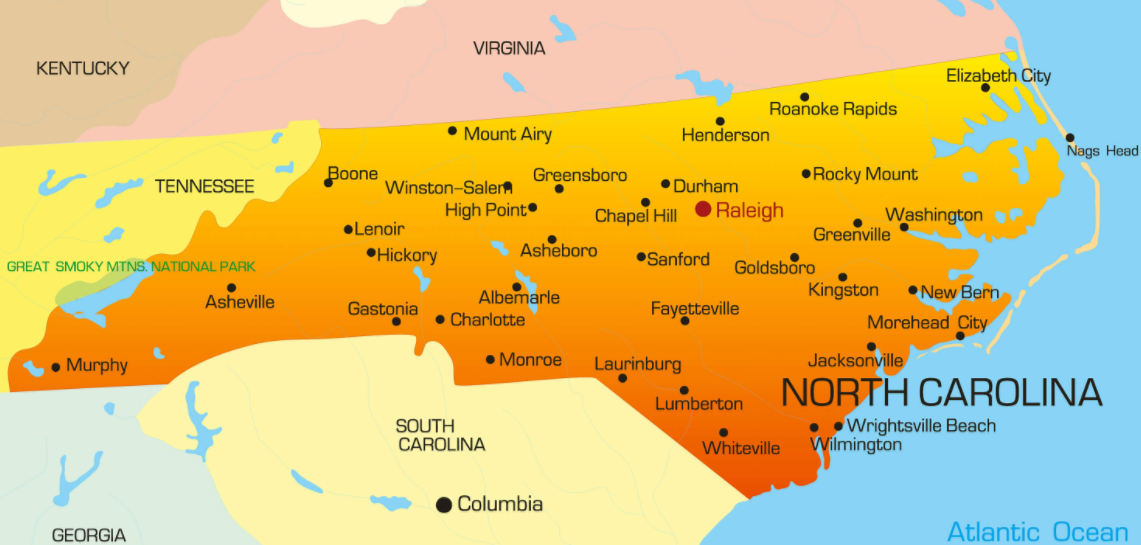
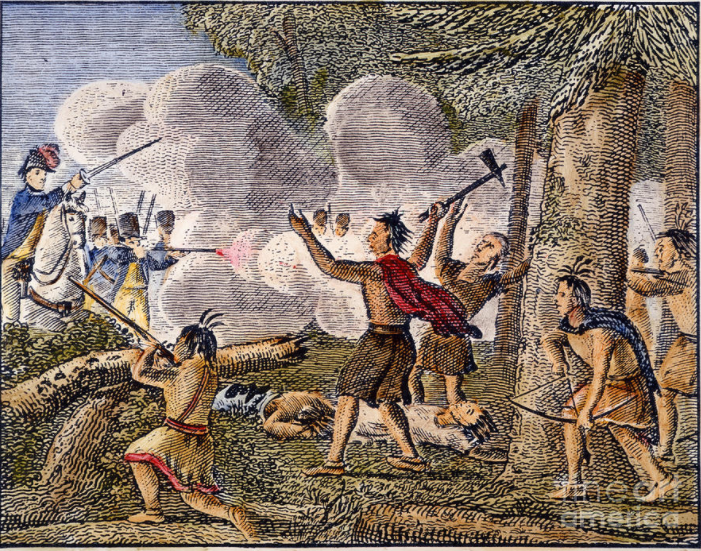
Region 3: The Great Lakes Area (1763-1800)
Location 5: Ohio
Born in the 1720s in the territory of present-day Ohio, Pontiac became Chief of Ottawa Indians and eventually grew into a highly significant military leader for many native peoples. To be more precise, Pontiac managed to bring several Native tribes to unity in a massive confrontation with the European settlers. This was possible due to Pontiac’s exceptional negotiation skills. One of the most historically notable moments when Pontiac served as a clever negotiator was his encounter with Major Robert Rogers that happened in 1760. Major Rogers was passing through the Ottawa territories with a group of British troops. The British were on their way to occupy several forts in Michigan abandoned by the French during the battles of the French and Indian War that was still in progress at the time. Speaking with the British leader, Pontiac proposed a deal – the Ottawa would let the European party through on condition that they and their Chief would be respected by the colonists. This way, Pontiac managed to protect his people from the potential conflict. However, soon, this leader realized that regardless of their alliances and seemingly good relations with the colonists, Native people are under threat of being forced out of their lands. This realization encouraged Pontian to use his negotiation skills to unify several Native nations (the Ojibwa, the Potawatomi, and the Ottawa) to attack the colonists in the attempts to take back their original territories throughout the Great Lakes area.
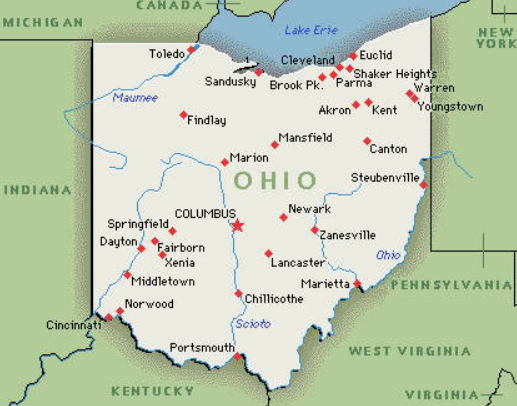
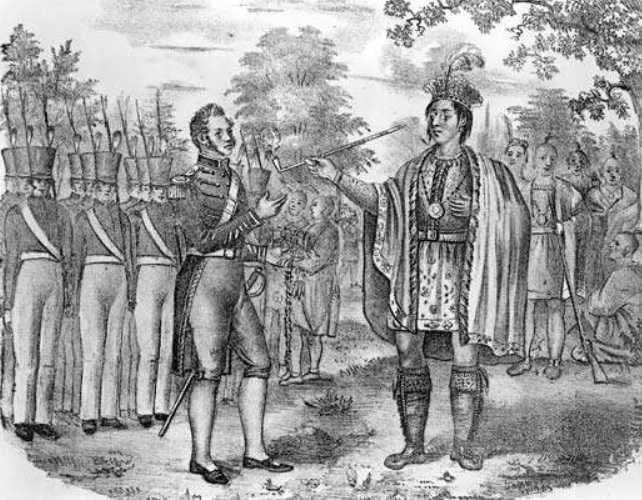
Location 6: Detroit
In 1762-1763, Pontiac made sure to have the support of all the Native tribes residing in the territories from Lake Superior to the lower part of the Mississippi region. As a leader, he had an inspirational speech based on the proclamations of “Master of Life”. In these proclamations, he encouraged the Native people to fight back and force the newcomers out of the occupied lands and declaring war on all European colonists in the area. One of the renowned battles of Pontiac’s War was the one in Detroit. Initially, Pontiac planned to catch by surprise the troops protecting this city. However, an unexpected betrayal uncovered his plans, and the Native forces had to delay the attack. Regardless of this offset, Pontiac still managed to take over Detroit in a couple of months but due to powerful reinforcement, the Native forces were unable to keep this position for long. Pontiac’s united tribe’s forces attacked a total of twelve forts and won in all but four battles expanding their territories and power. Eventually, over the course of the next three years, the British managed to create enough pressure on the leader and his army so Pontiac agreed to a treaty of peace.
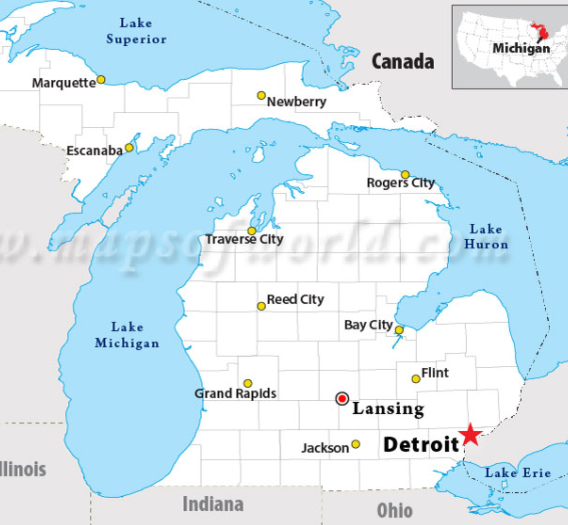
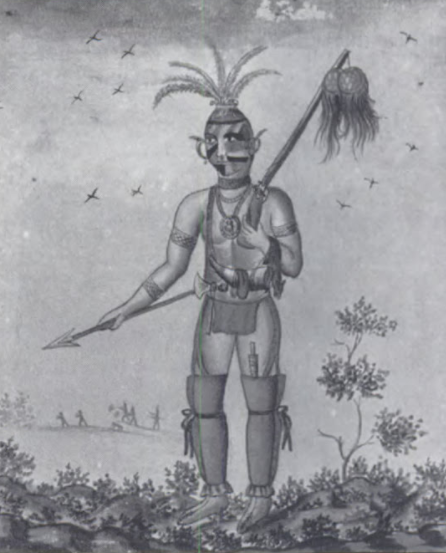
Reflective Essay
As the presence of colonists became inevitable, Native American tribes started to realize that having to pick sides was, sometimes, their best and only option in the attempts to preserve some authority and establish a relative order by trading with the parties they preferred. In reality, the Native people were sucked into this conflict and pitted against one another as allies of the clashing European nations. This tendency weakened the tribes, forced them to relocate abandoning their lands, resulted in the massive loss of human lives, which led to the practical extinction of some of the First American nations.
However, as seen from the information presented in the Story Map, the need to pick a side and fight beside their colonizers made Native Americans become disappointed in the Europeans and develop a highly negative vision of their nature, culture, and goals. The arrival of newcomers to North America has resulted in a massive crisis for the Native peoples who were majorly disregarded as owners of their homelands and perceived as savages in need of a cultural transformation. The European cultural artifacts, weapons, diseases, and religions were forced in Native Americans causing chaos and weakening to the original authenticity of the peoples.
Unfortunately, very few Europeans ever considered their goals wrong and unfair. One of such people was Jean de Brébeuf, Jesuit priest who came to promote Christianity to Native tribes. Seeing the drastic differences between Old Europe and the New World, de Brébeuf began to wonder whether these dissimilarities actually were meant to stay intact. Just like most Native people, the priest was killed in one of the military conflicts involving both Indian and European forces.
Bibliography
Axelrod, Alan. Little-Known Wars of Great and Lasting Impact. Beverly: Fair Winds Press, 2009.
“A Huron Indian to Jesuit Missionary Jean de Brébeuf, 1635.” Smithsonian Source. Web.
“Native American History.” Encyclopaedia Britannica. Web.
“Pontiac, an Ottawa Chief, Voicing the Proclamations of the “Master of Life,” 1763.” Smithsonian Source. Web.
“Pontiac.”Encyclopaedia Britannica. Web.